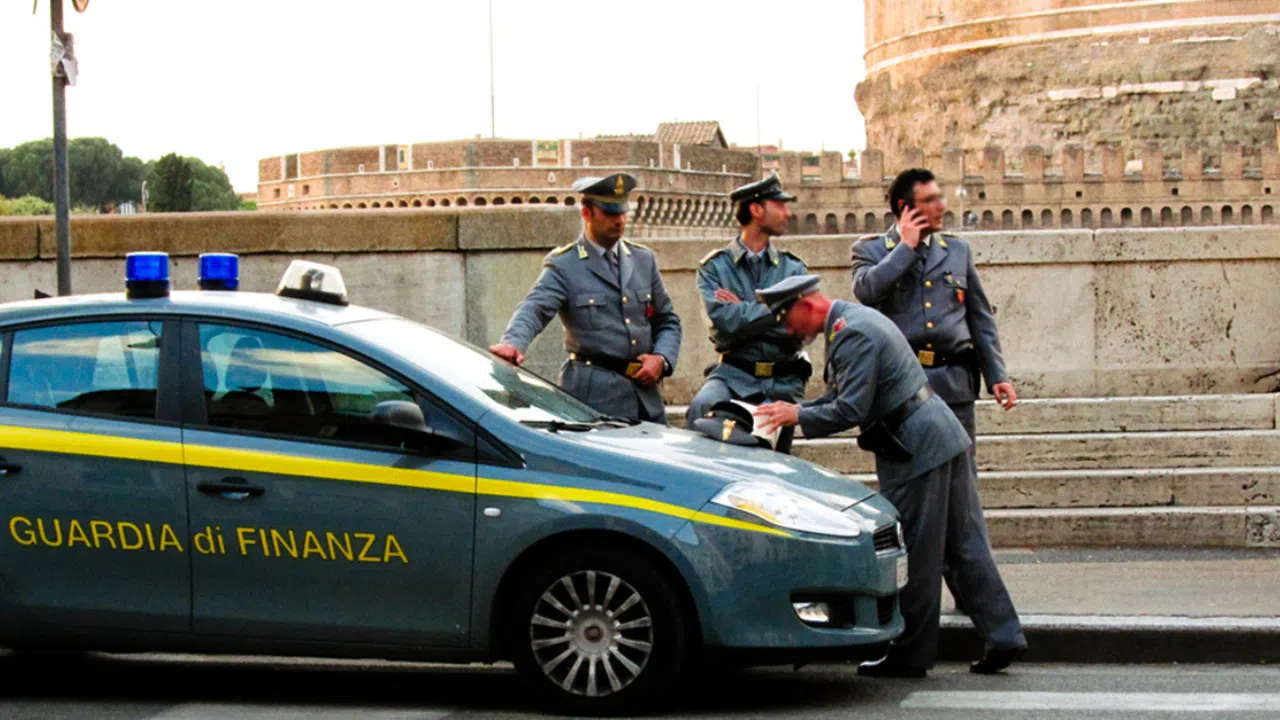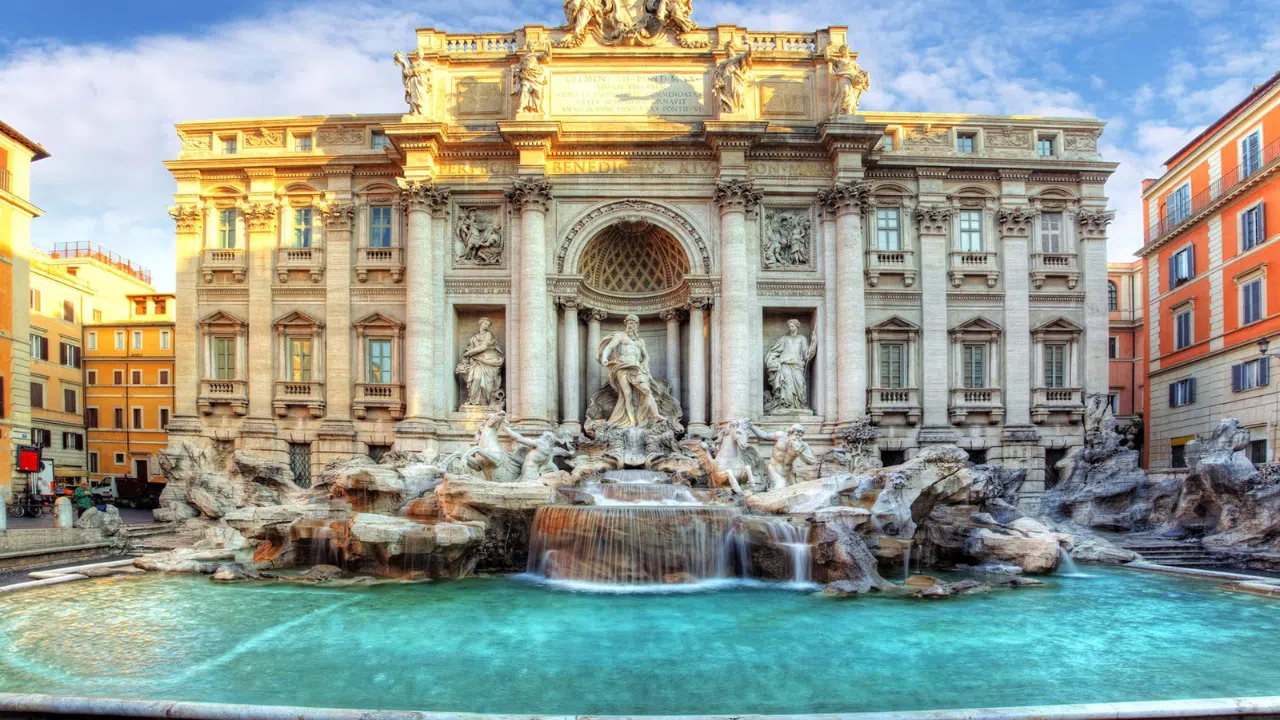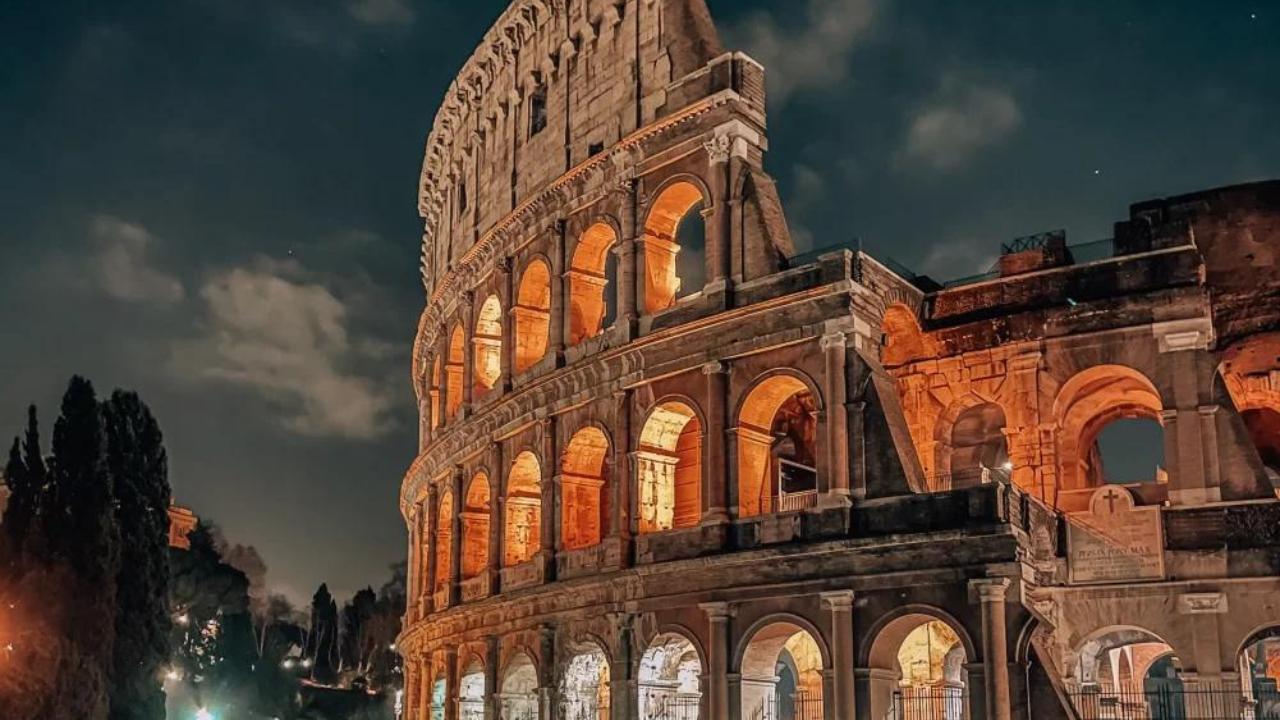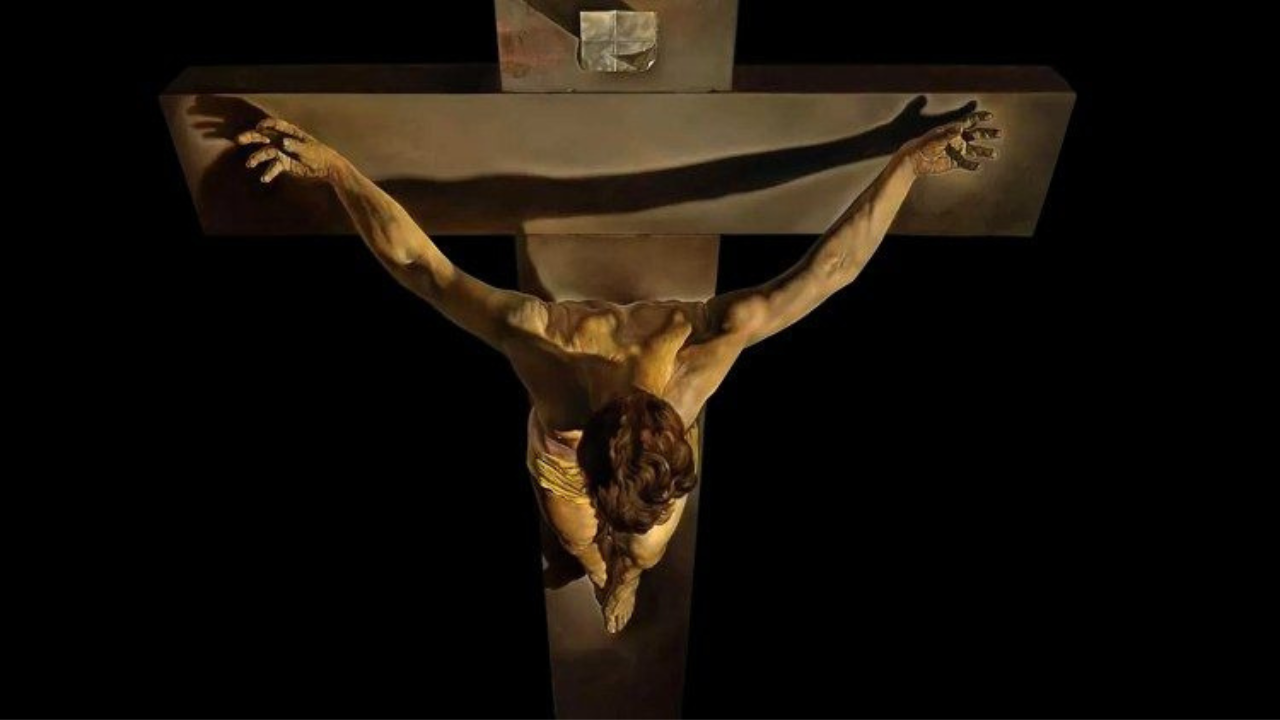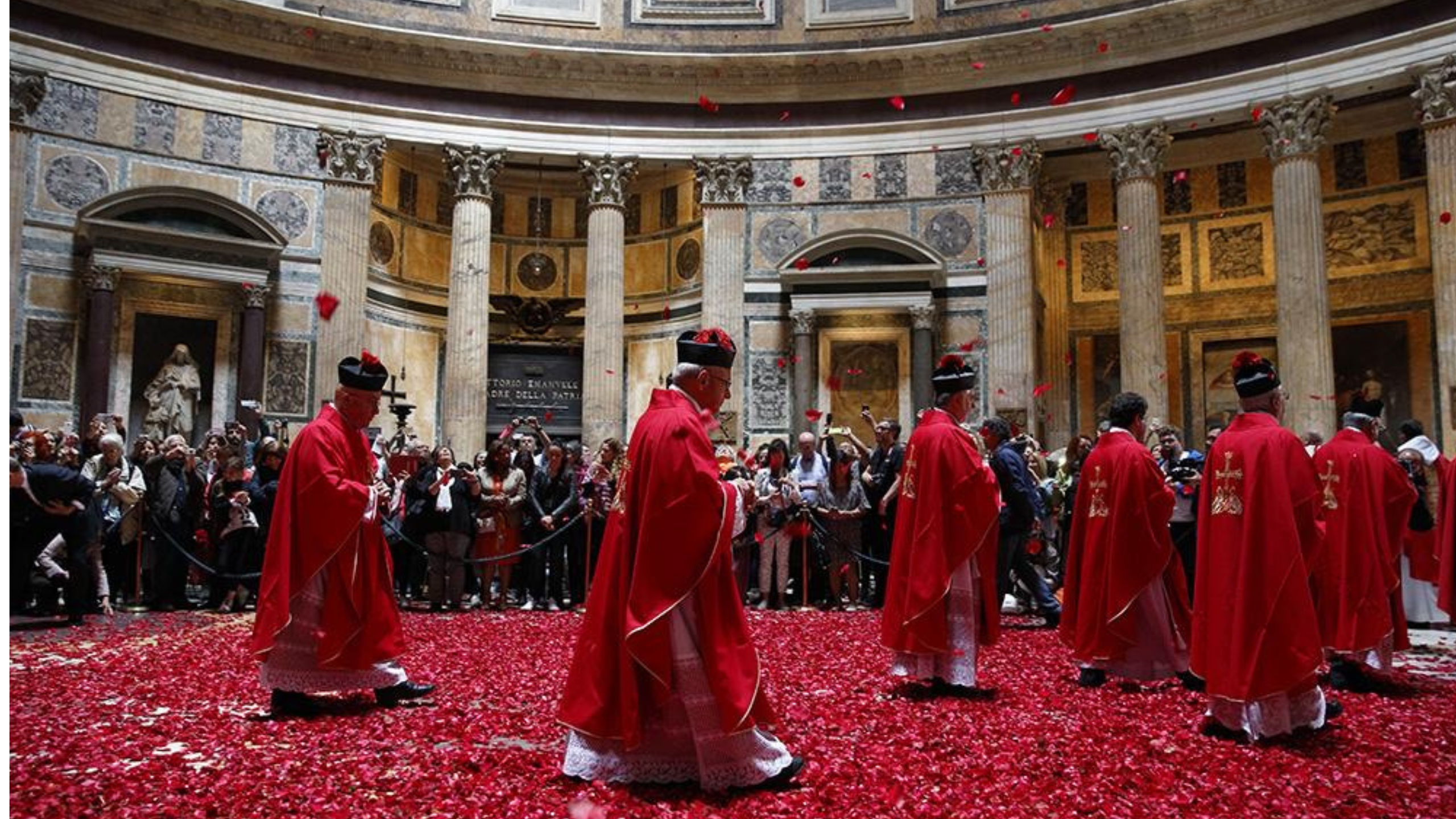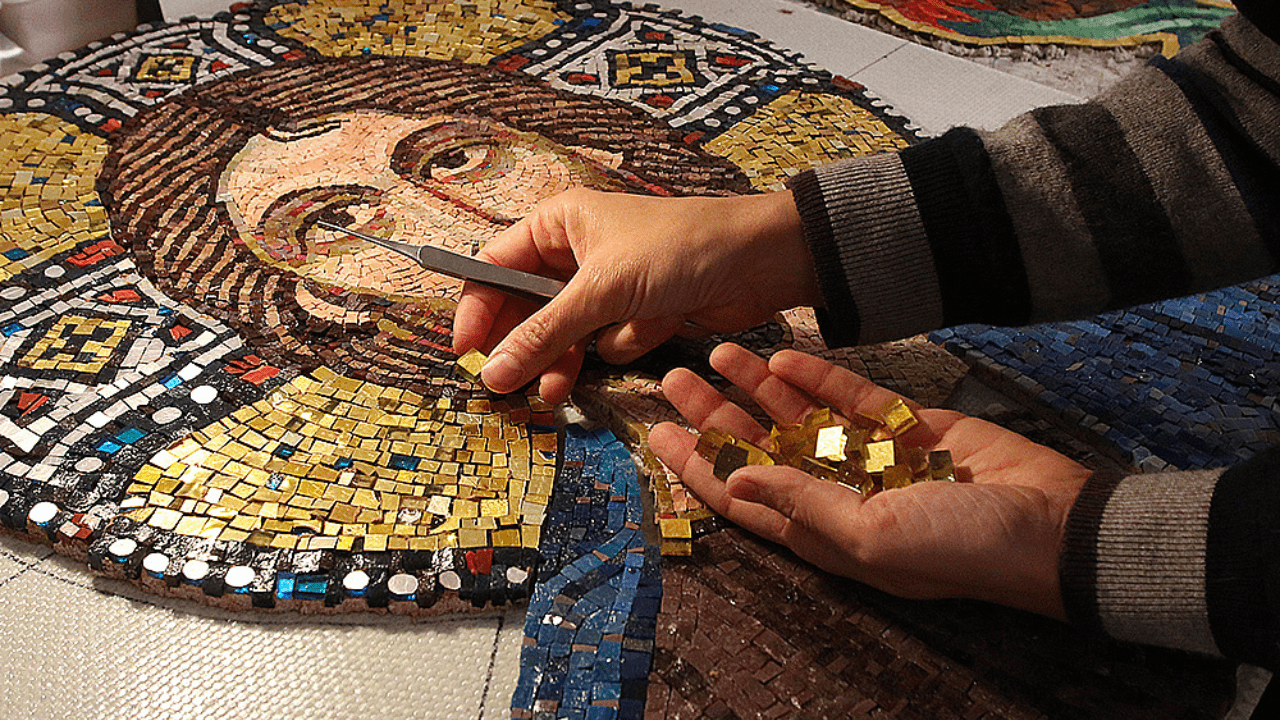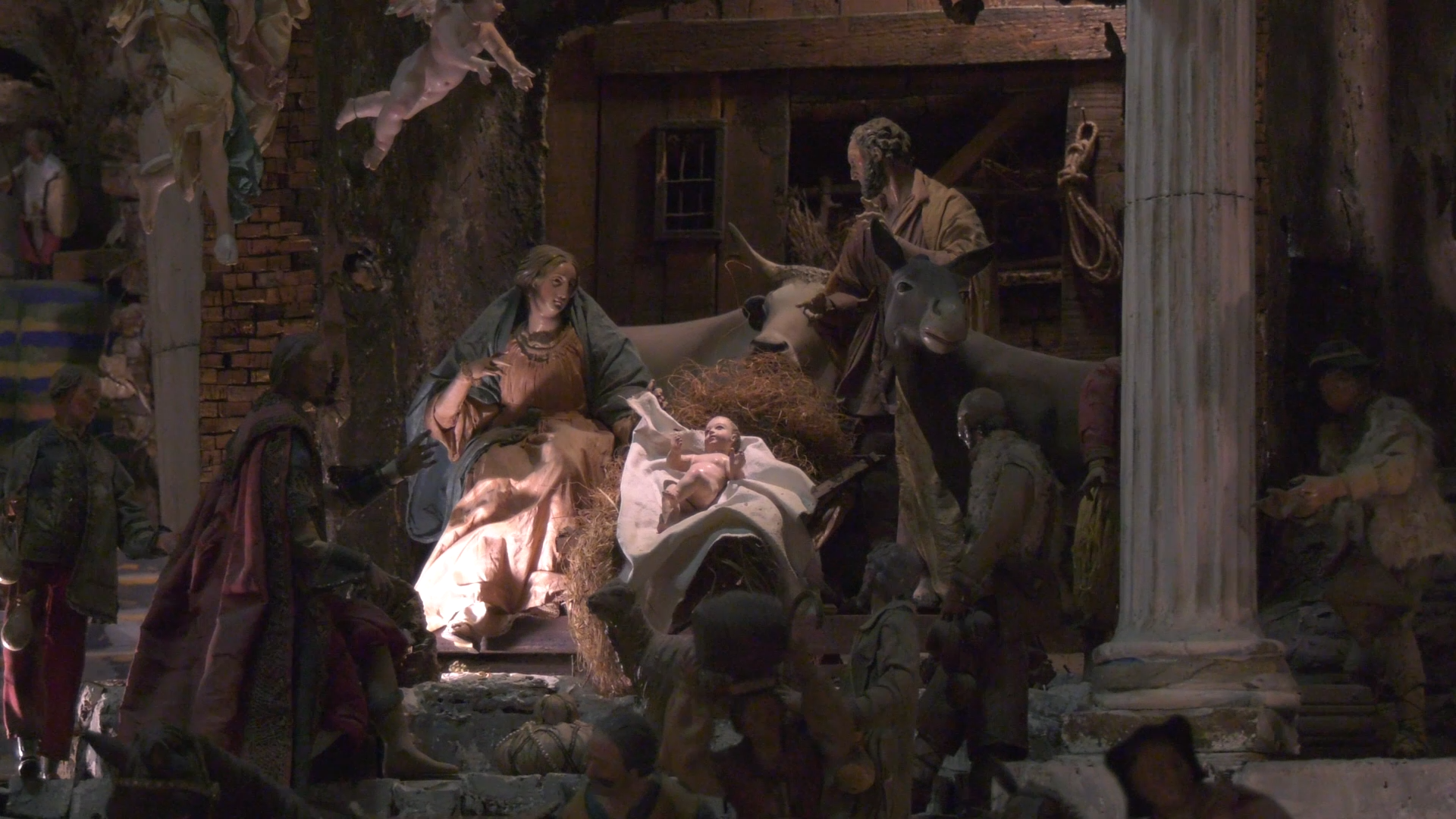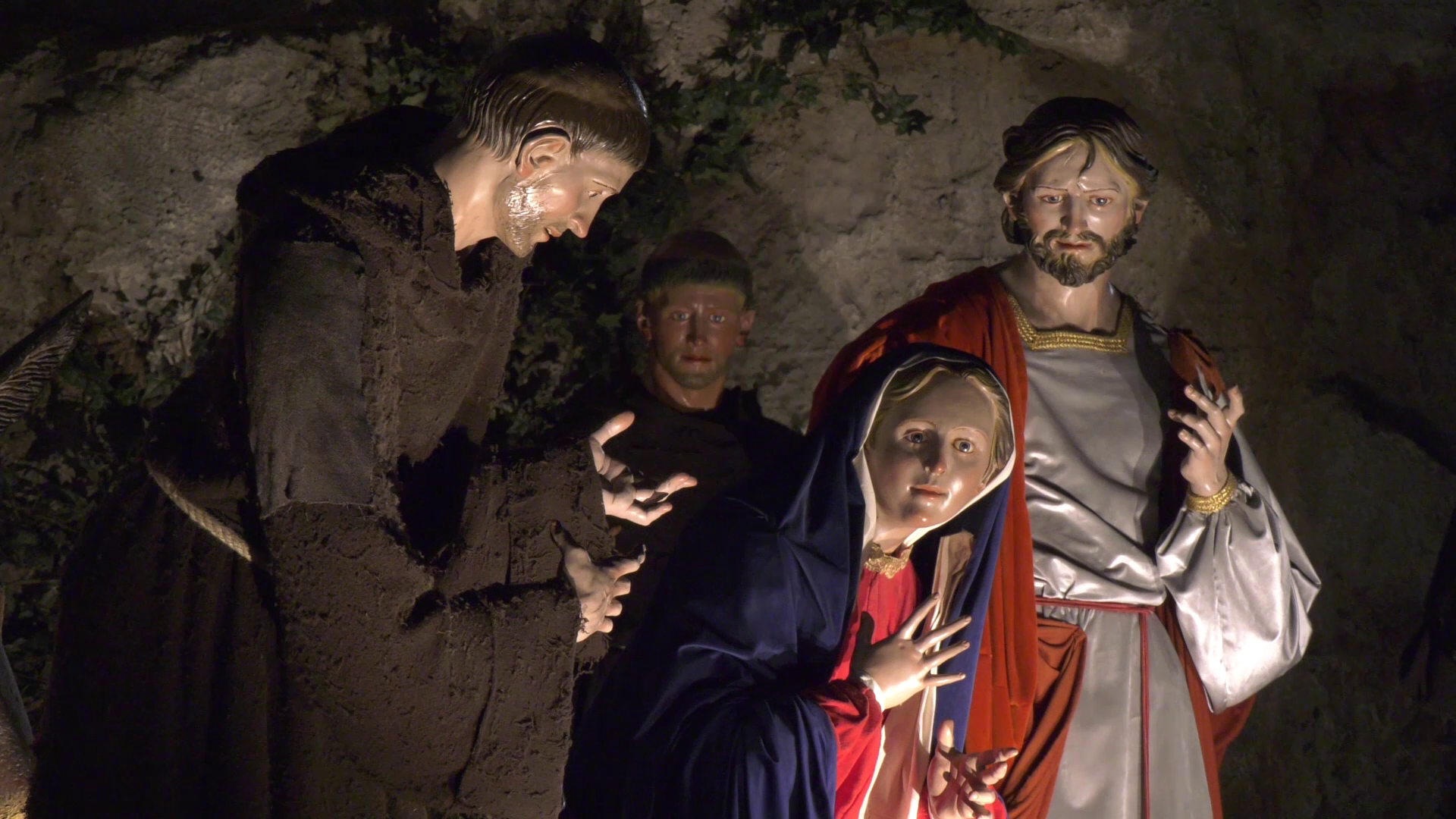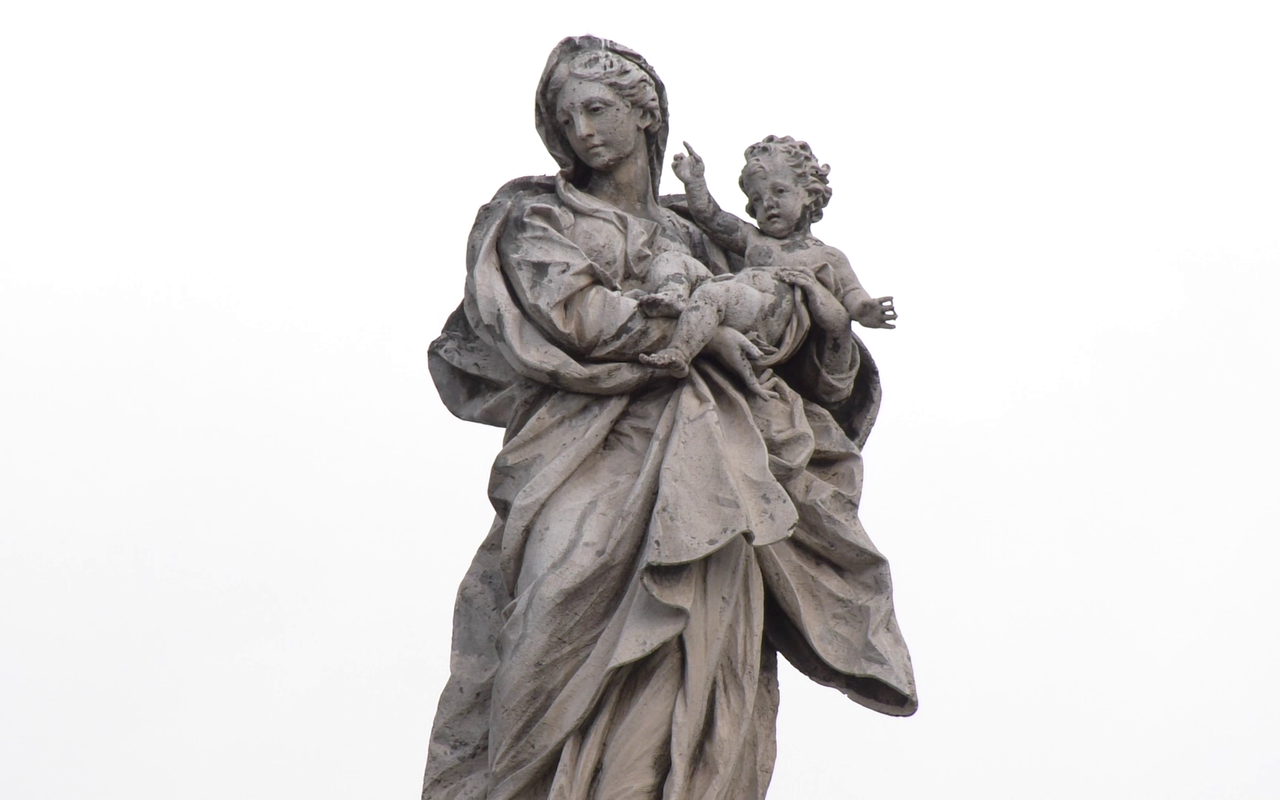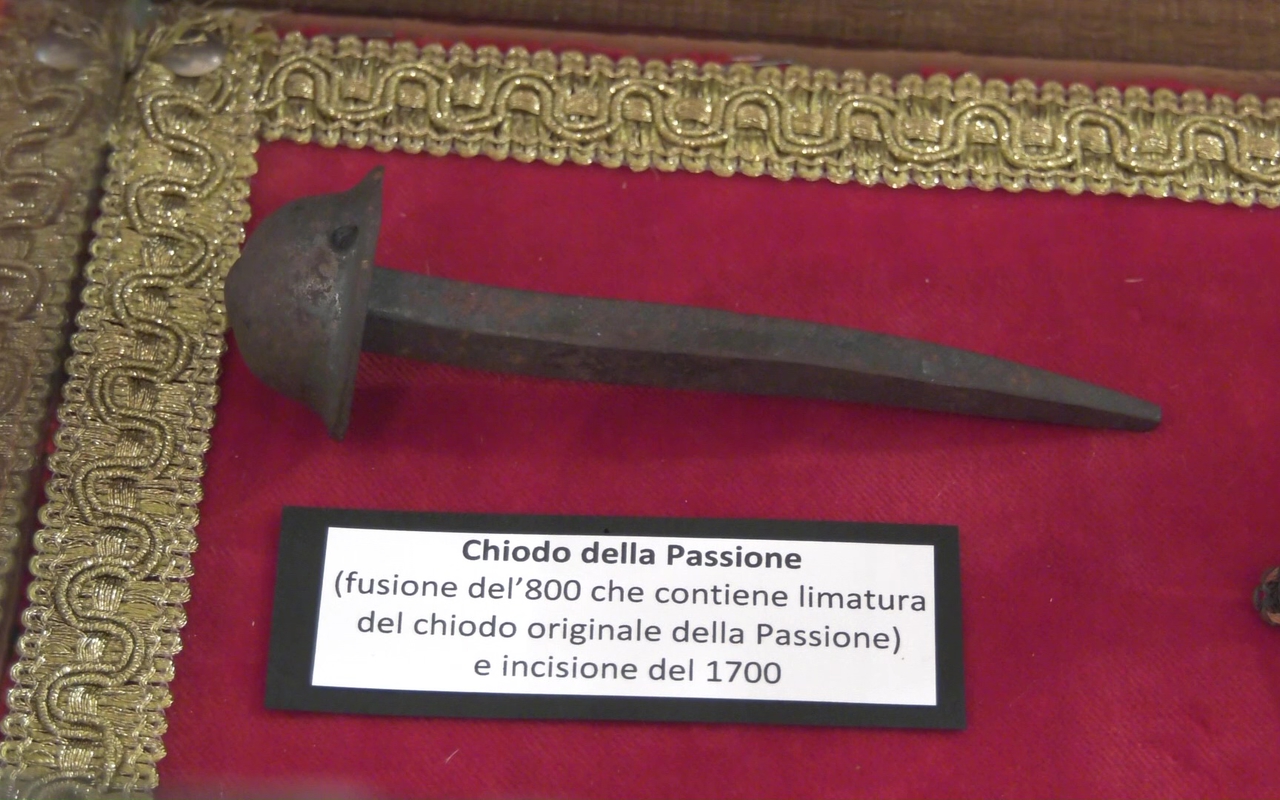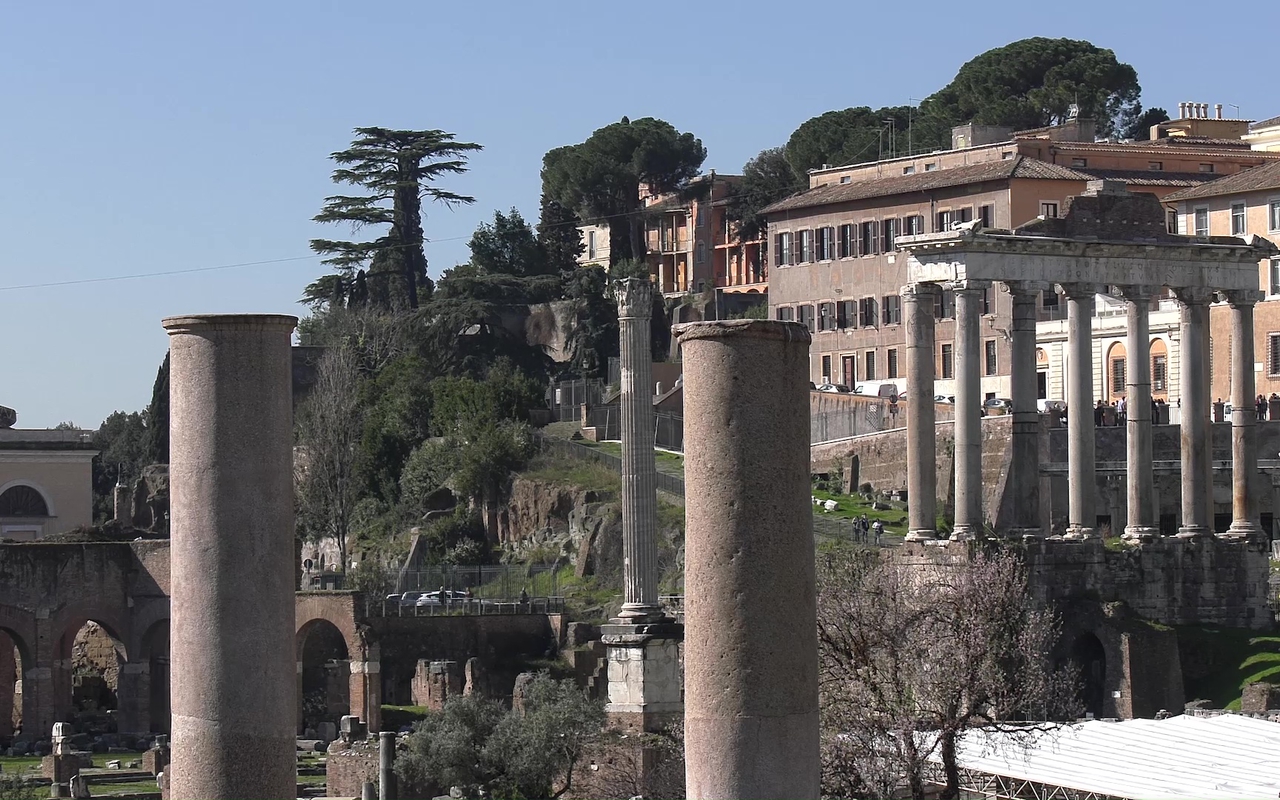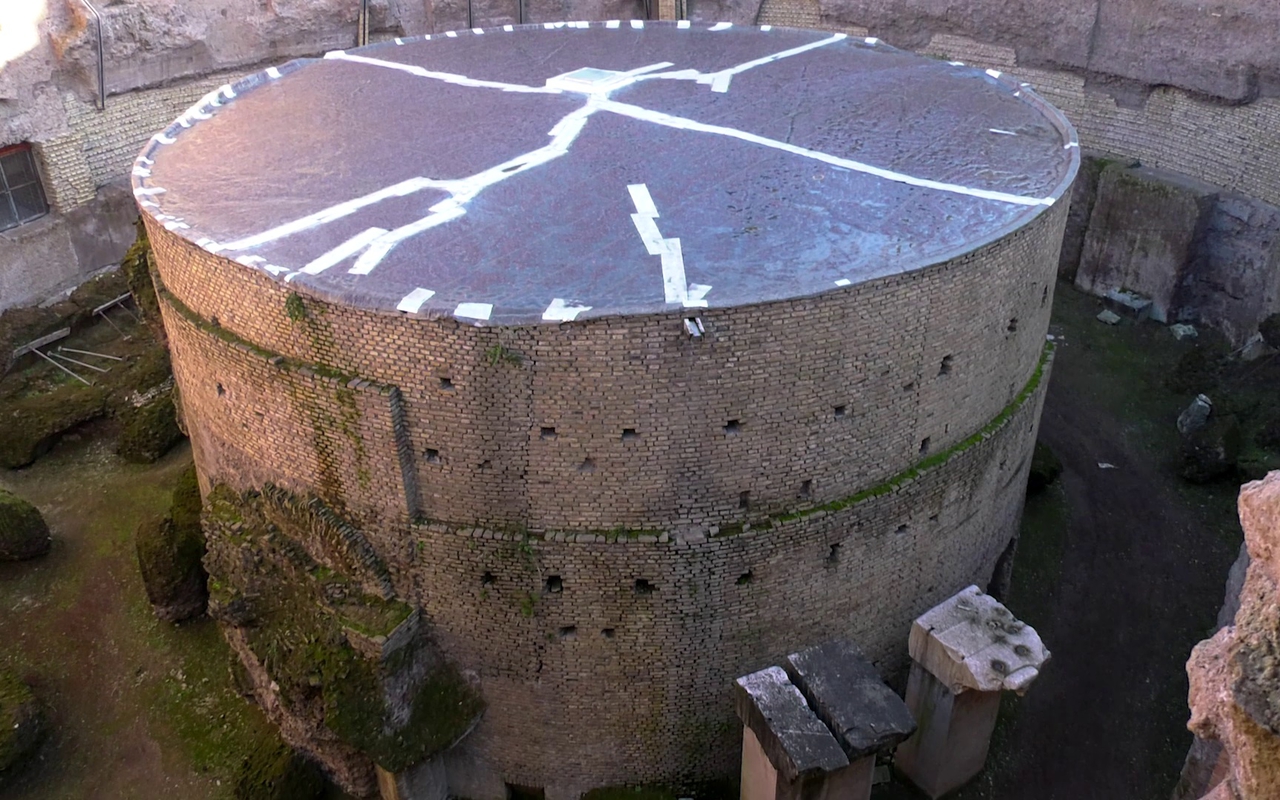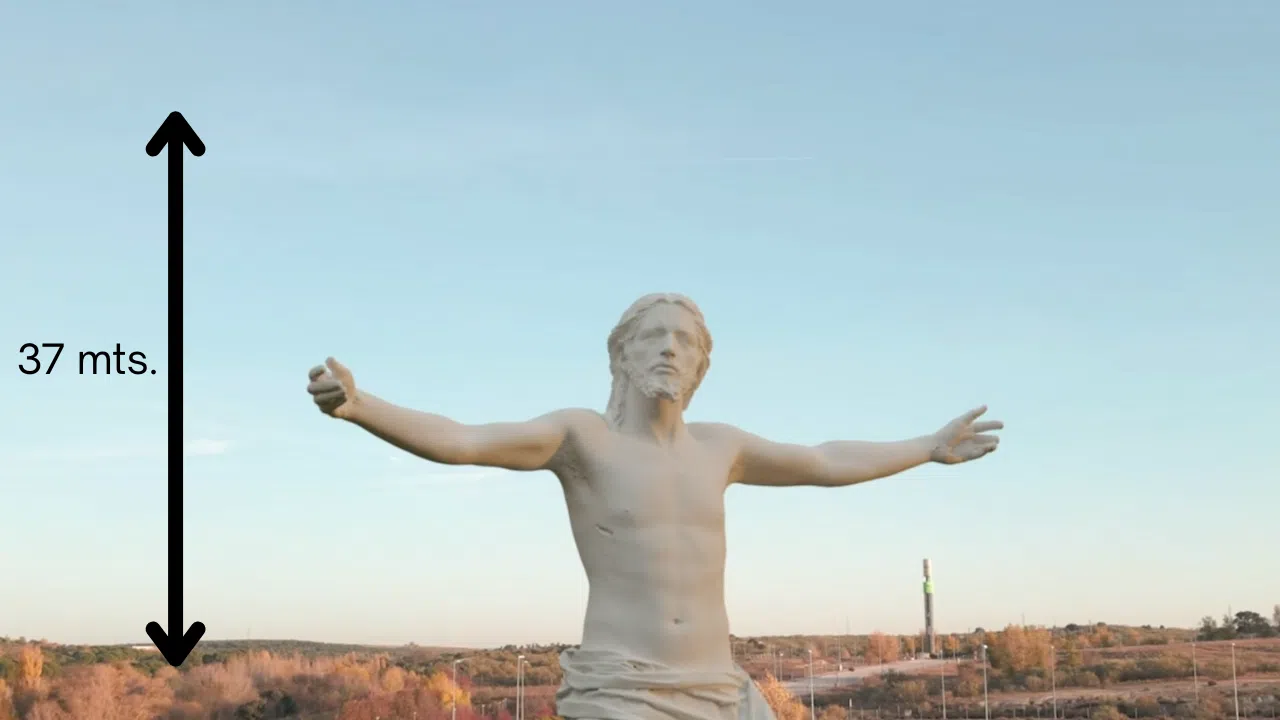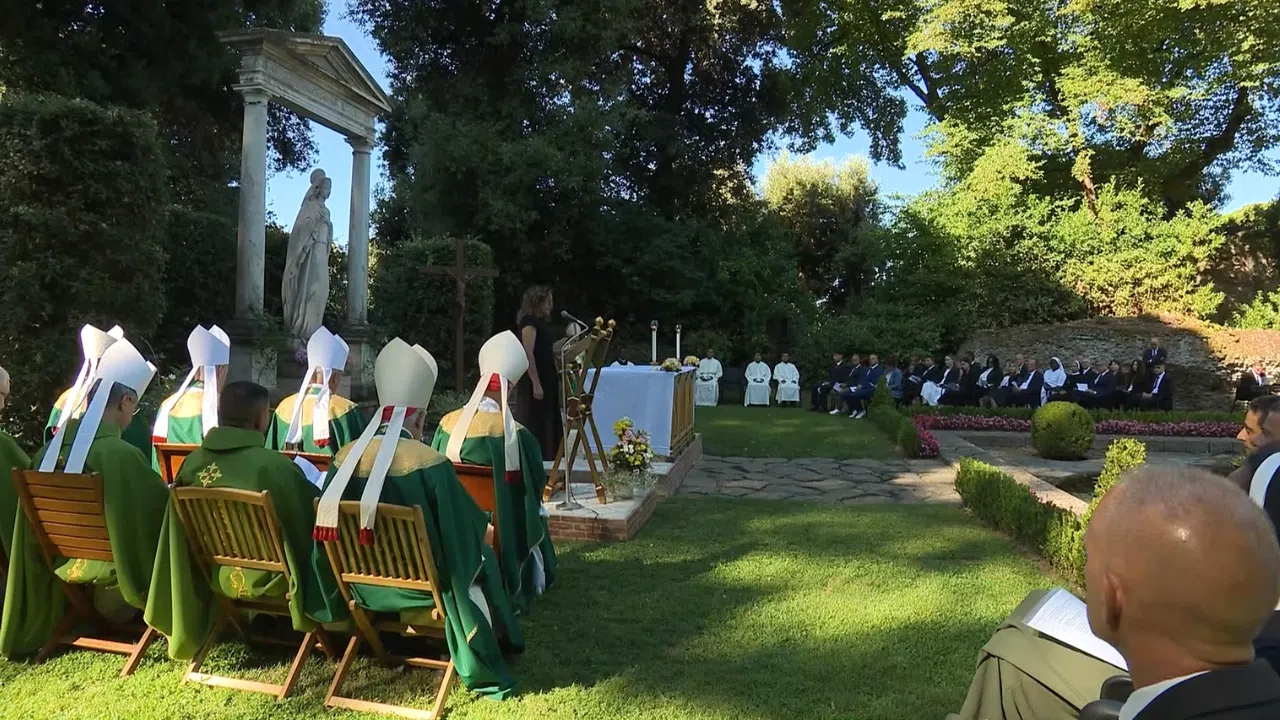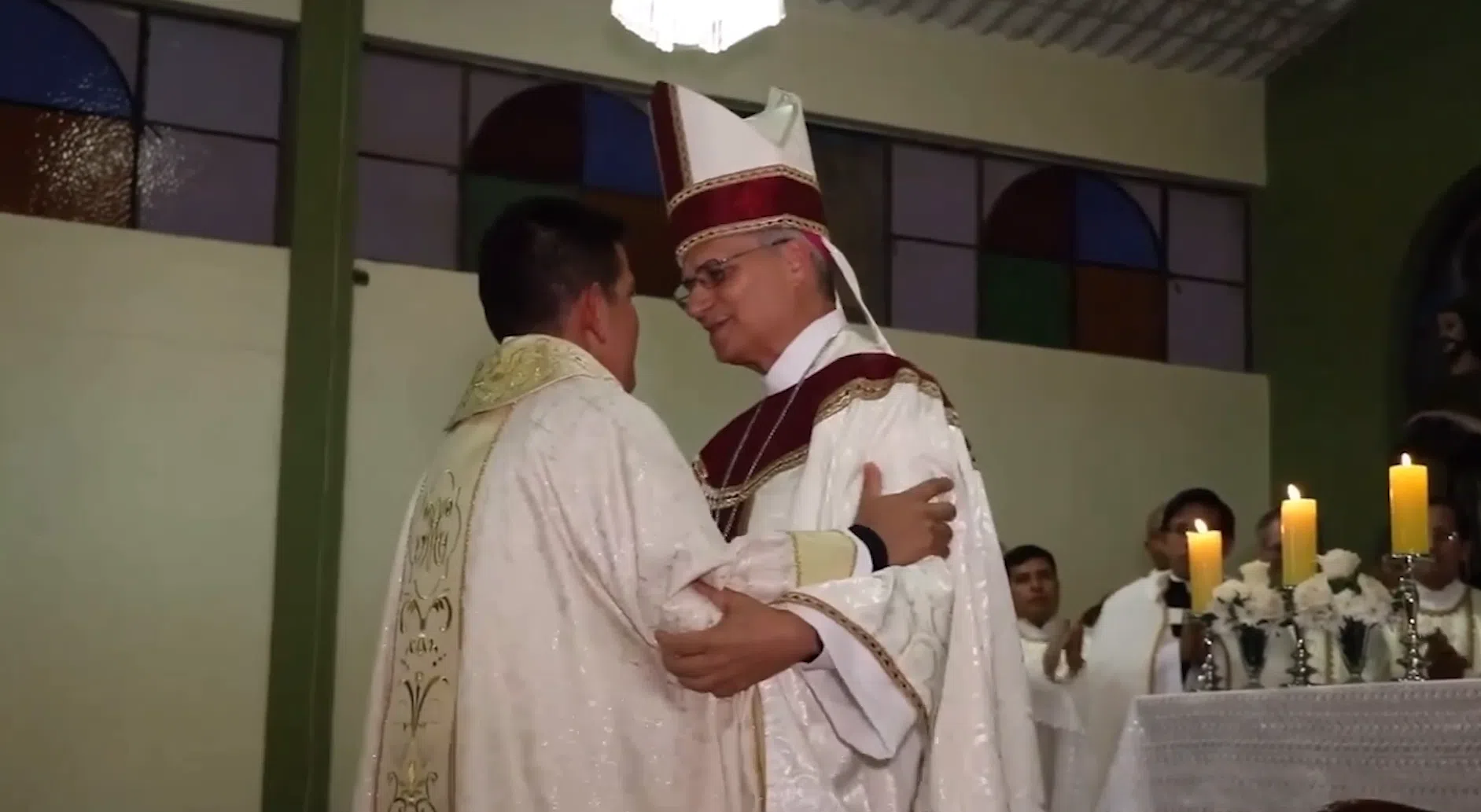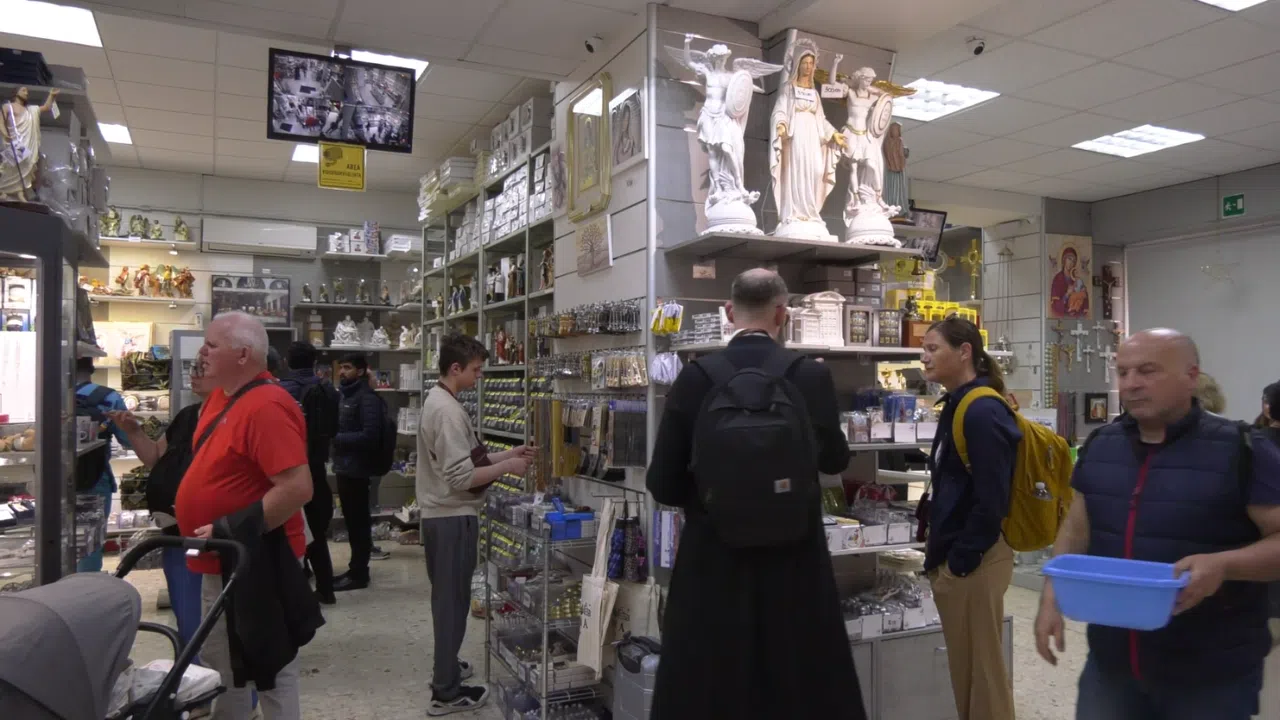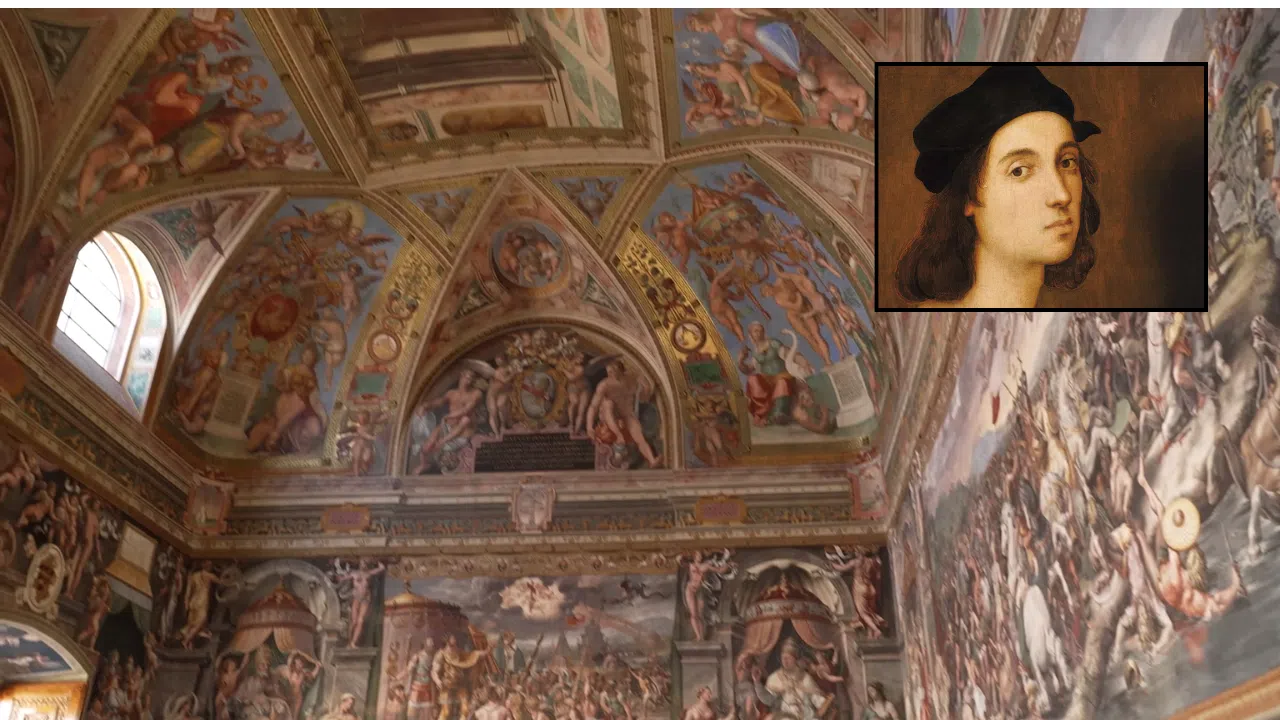The stunning grandeur of Rome overshadows other jewels like this one: ancient Ostia. It was once a Roman Empire port, receiving troops returning from distant wars, slaves, merchants and most likely the first disciples of Christ.
FLORA PANARITI
Archaeologist, Ostia Antica
“Ostia was a very important port. It was only 15 miles from the Empire's capital. All of the eastern faiths from ancient times landed here. Why not think that Christians, who come from that part of the Mediterranean, could have also landed in Ostia on their way to the capital?”
Ostia retains the memory of one of the most famous Christians from the first centuries: St. Monica, the mother of St. Augustine, who died here while waiting to return to her homeland in Africa. Her son recalls the family's time in this city in his Confessions. This plaque carries the saint's words.
FLORA PANARITI
Archaeologist, Ostia Antica
“In the Confessions, there's a very beautiful, evocative and moving part, which has become history, of the ecstasy of St. Monica. They're in Ostia, in a house, looking out a window overlooking the patio in a quiet area, far from the center, from where we are now. They speak calmly. It's a dialogue between mother and son, and they speak about what life will be like after death. They feel this inspiration, this intimacy that's growing between them. It's a special type of testament that Monica presents to her son lost and found in the faith, because she dies five or six days later. It was the year 387 AD, and she was buried in Ostia.”
This basilica serves as proof of the Christian presence in Ostia, though it wasn't easy to settle, as some of them were martyred right here in this city.
Passing through Ostia is like traveling to the past and walking along the streets of one of the Empire's main cities, contemplating the rich mosaics at its hot springs...
Its majectic theater...
Or the elegance of its buildings, houses or even taverns...
Visitors say being here is like being immersed in the past.
“The Forum in Rome is not alive like this place is. You can imagine daily life.”
“It's outside Rome, it is not the same beat. It's more calm.”
“I'm very impressed. It's a surprise for us. We didn't know much about this place before coming to Italy this time, and it's incredible compared to the Roman Forum. One can imagine all of the buildings much more clearly.”
The capital's satellite city had 60,000 inhabitants in its heyday. However, the site began losing vibrancy over time.
When Rome began losing hegemony and other ports gained prominence, Ostia's population declined. Plagues and epidemics sealed its fate, and the city went unnoticed until excavations in recent centuries shed new light.
